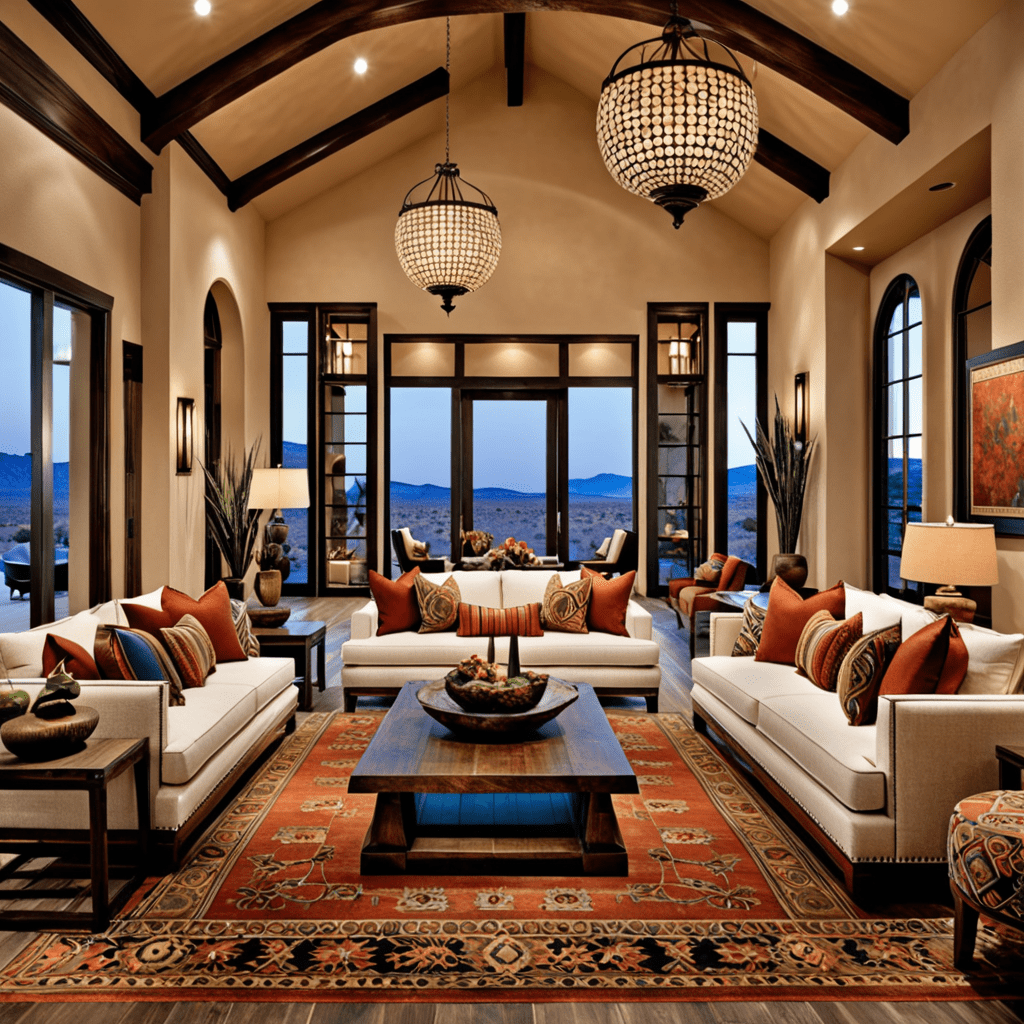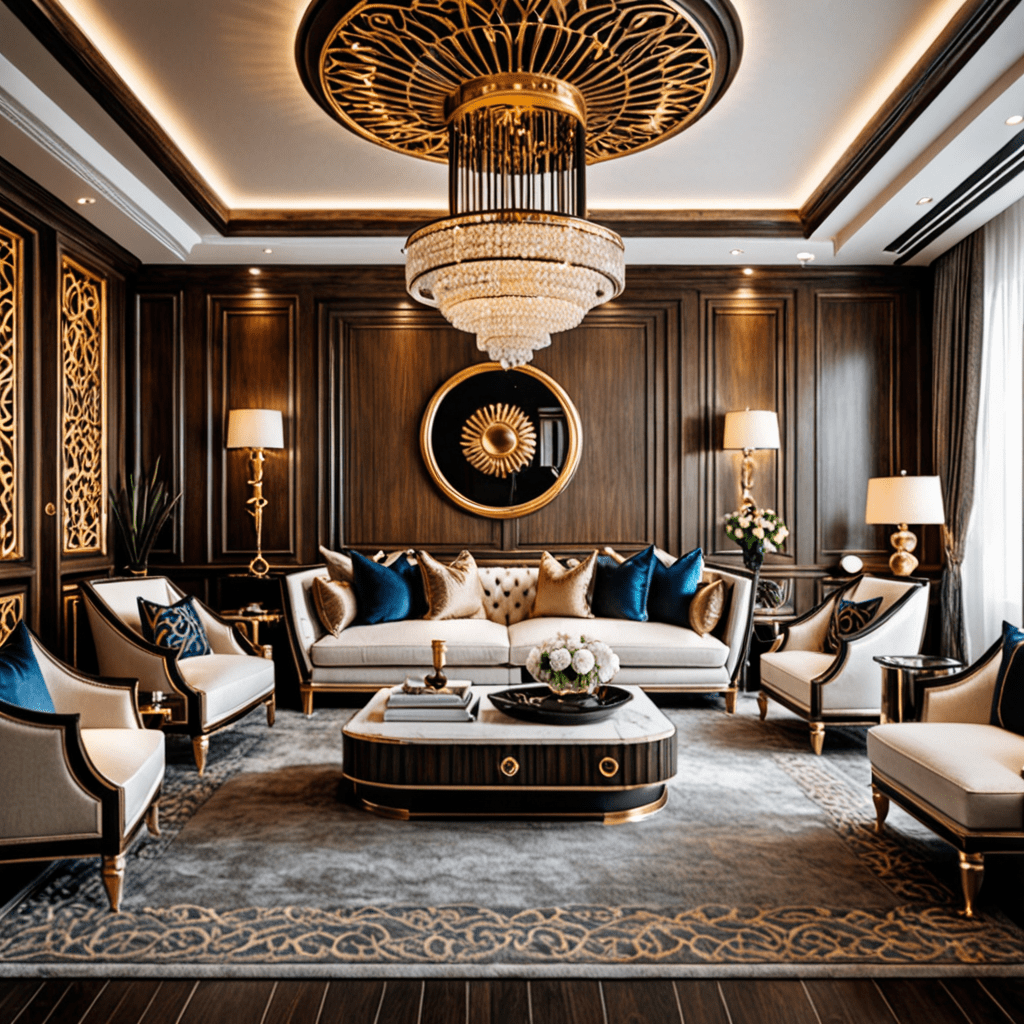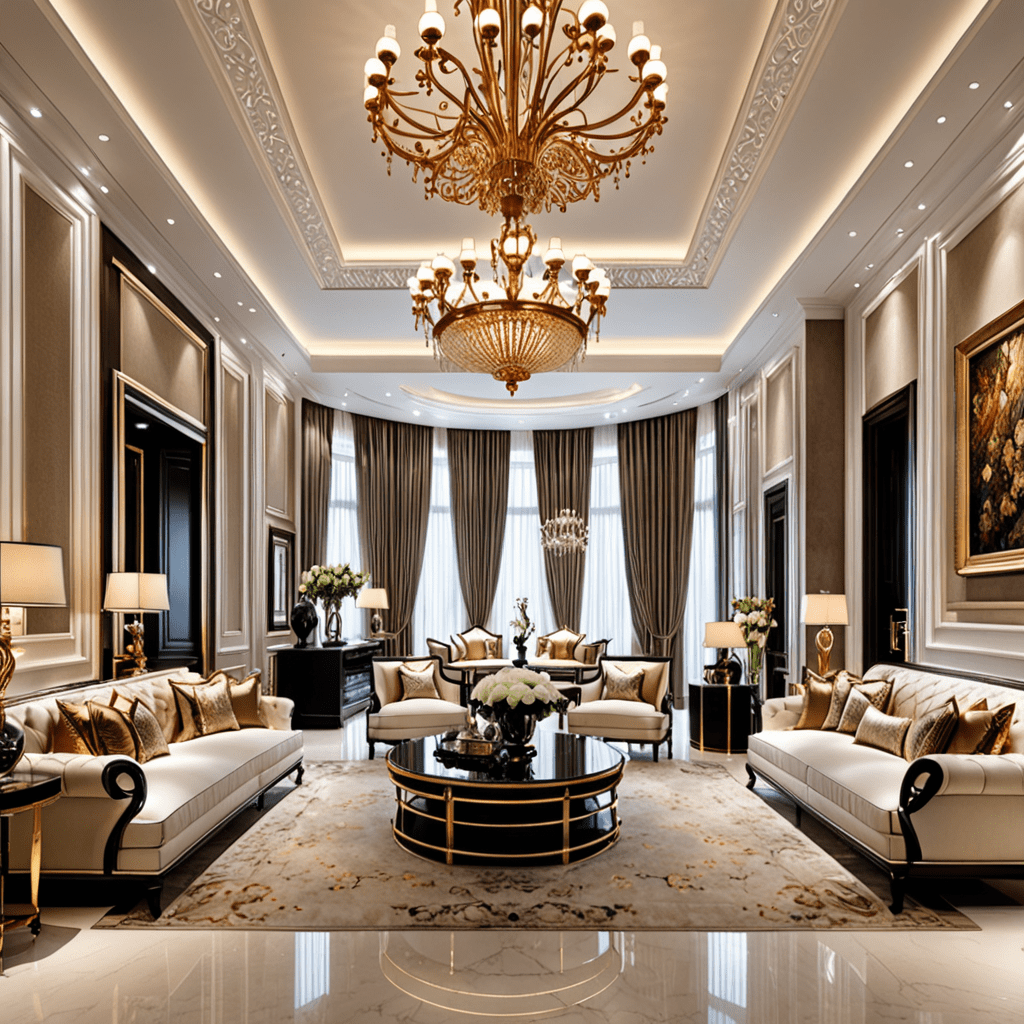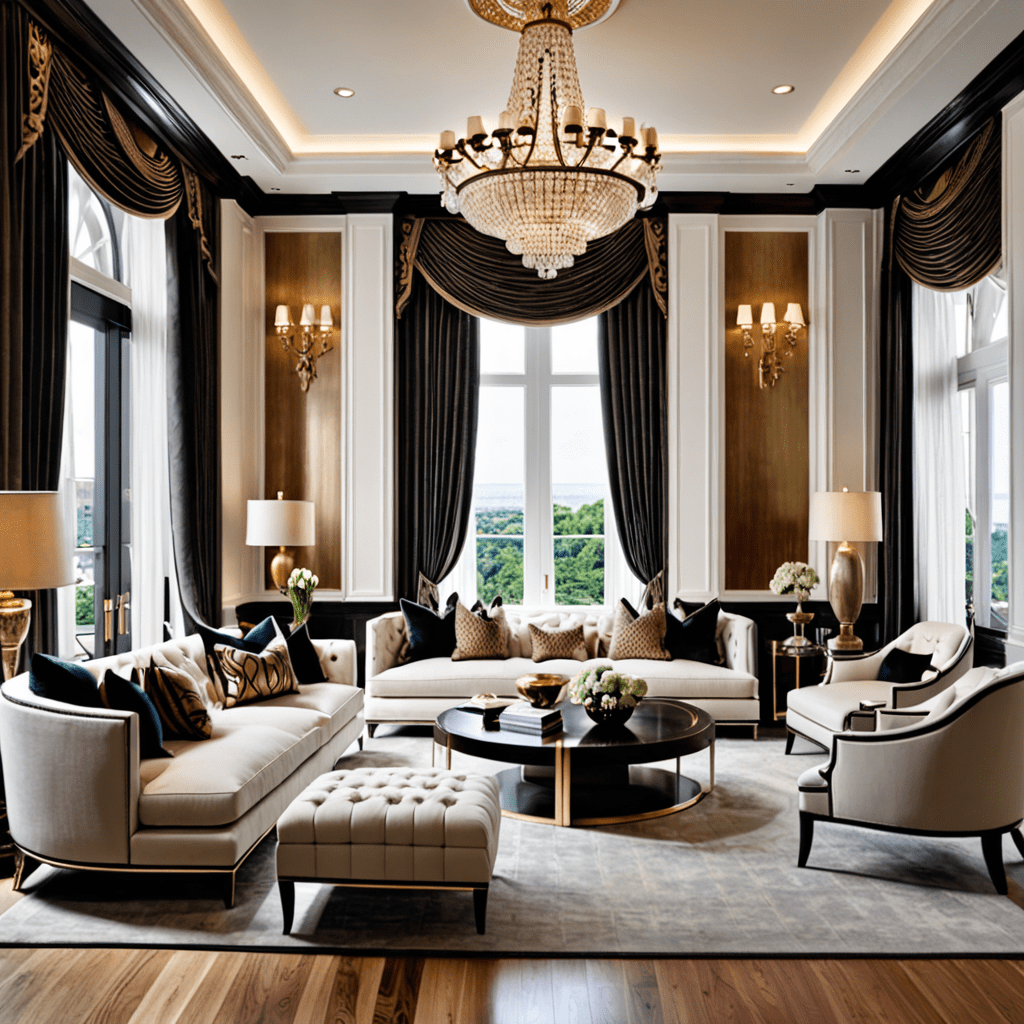Achieving Harmony in Interior Design: The Art of Balance
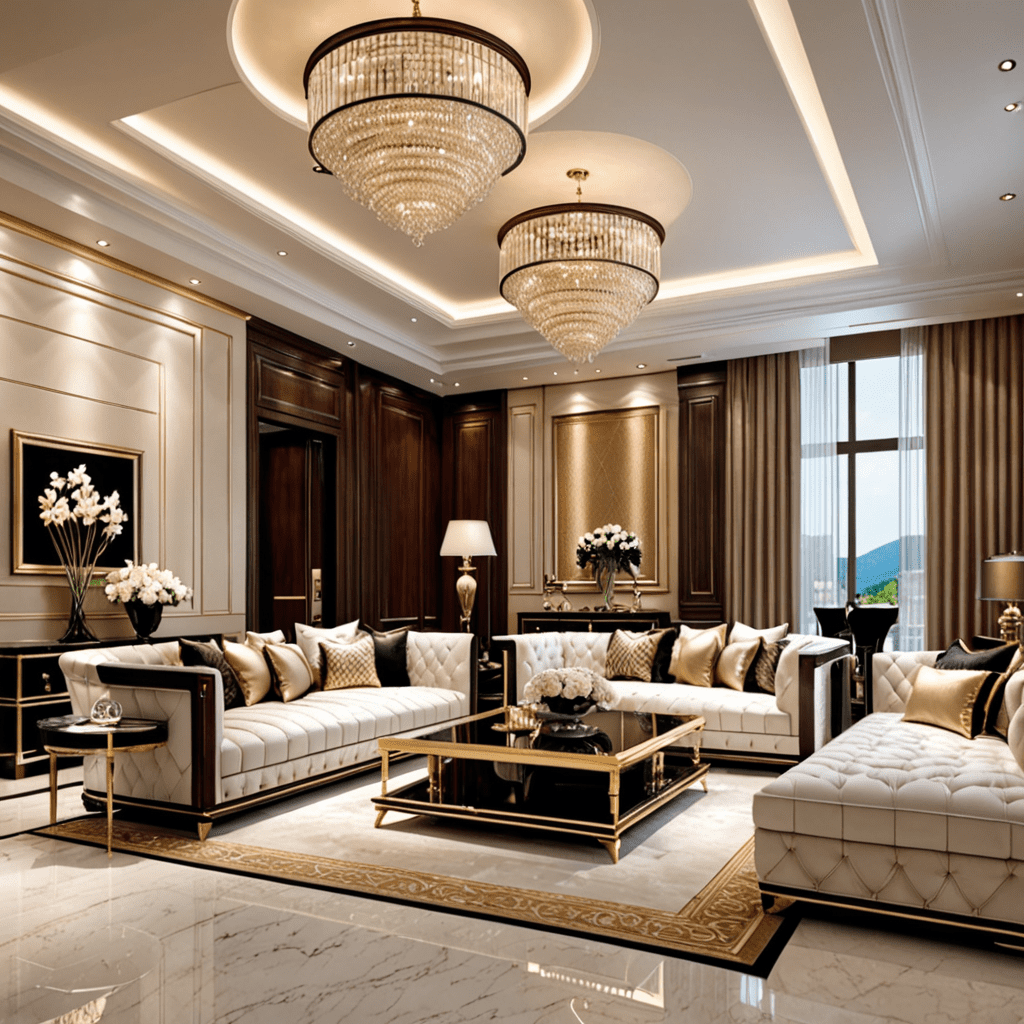

Achieving Harmony in Interior Design: The Art of Balance
The Importance of Balance in Interior Design
Balance is a fundamental principle in interior design that helps create harmony and visual stability in a space. It involves distributing elements, such as furniture, colors, and textures, evenly throughout the room to achieve a pleasing aesthetic. By understanding the different types of balance and how to incorporate them into your design, you can transform any space into a well-balanced and inviting environment.
The Three Types of Balance in Interior Design
There are three main types of balance commonly used in interior design:
- Symmetrical Balance: In symmetrical balance, elements are evenly arranged around a central point or axis. This type of balance is often seen in traditional and formal designs, where identical objects are placed on either side of a focal point.
- Asymmetrical Balance: Asymmetrical balance, also known as informal balance, involves distributing different objects of equal visual weight throughout the space. It creates a more relaxed and casual feel, making it suitable for contemporary and eclectic designs.
- Radial Balance: Radial balance is achieved by arranging elements in a circular or radiating pattern around a central point. This type of balance creates a sense of movement and energy, often found in dynamic and bold design styles.
Creating Balance with Colors and Textures
Balance is not limited to the arrangement of objects; it can also be achieved through the use of colors and textures. Here are some tips to consider:
- Color Balance: Achieve color balance by distributing colors throughout the space in a way that creates visual harmony. Consider using a color wheel to guide your choices and ensure a balanced color scheme.
- Texture Balance: Incorporate different textures, such as smooth, rough, shiny, and matte, to add visual interest and balance to a room. Combining contrasting textures can create a dynamic and visually appealing space.
Proportion and Scale in Balanced Interior Design
Proportion and scale play a crucial role in achieving balance and harmony in interior design. Follow these guidelines to maintain a well-balanced space:
- Proportion: Maintain a sense of proportion by ensuring that the size of objects and furniture is appropriate for the space. Oversized or undersized items can disrupt the visual balance and make a room feel disproportionate.
- Scale: Consider the scale of different elements in relation to one another. Balancing large-scale furniture with smaller accessories can create a visually interesting composition.
The Psychological Impact of Balanced Interior Design
Balance in interior design not only creates visual harmony but also has a psychological impact on our well-being. A well-balanced space promotes a sense of calmness, tranquility, and order, making it more conducive to relaxation and productivity.
Common Mistakes to Avoid in Achieving Balance
While balancing a space may seem straightforward, there are common mistakes to avoid. Here are a few:
- Overcrowding: Adding too many objects or furniture can disrupt the balance and make a room feel cluttered. Keep the space uncluttered and leave room for movement.
- Lack of Variety: Using only one type of balance throughout the space can be monotonous. Mix and match different types of balance to create variety and visual interest.
- Ignoring Functionality: Balance should not overshadow functionality. Ensure that the design is practical and suits the needs of the users.
Frequently Asked Questions (FAQ)
- Q: How can I achieve balance in a small space?
- Q: Can I combine different types of balance in my design?
- Q: Is balance only important in formal designs?
A: In a small space, consider using light colors, mirrors, and minimal furniture to create an illusion of openness and balance. Focus on functionality and avoid overcrowding.
A: Absolutely! Mixing different types of balance can add variety and visual interest to your design. Just ensure that the overall composition remains balanced and harmonious.
A: No, balance can be incorporated into any design style, whether formal or casual. It helps create a sense of unity and visual appeal in any space.
